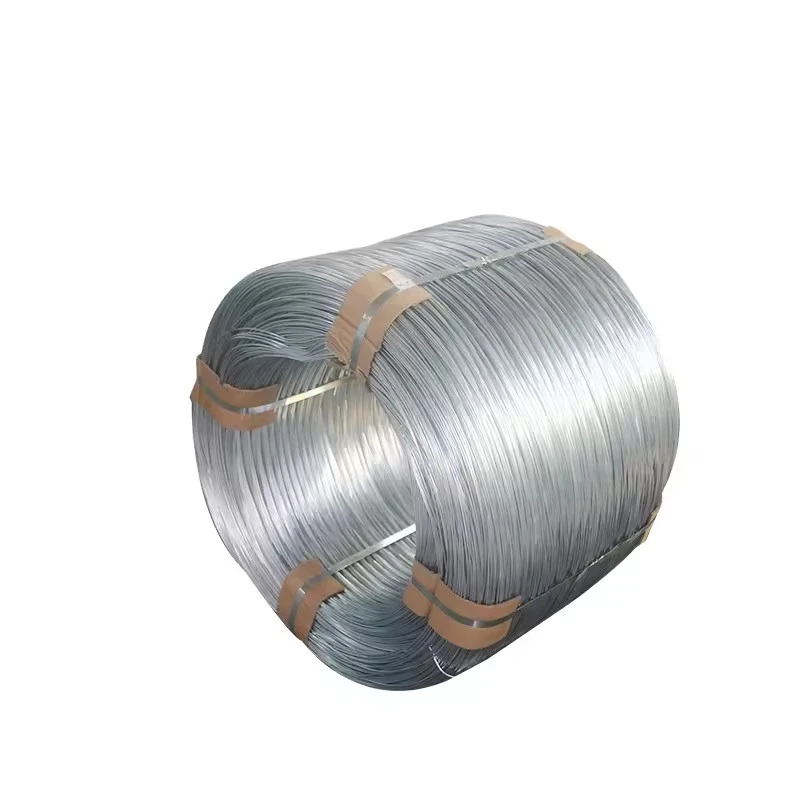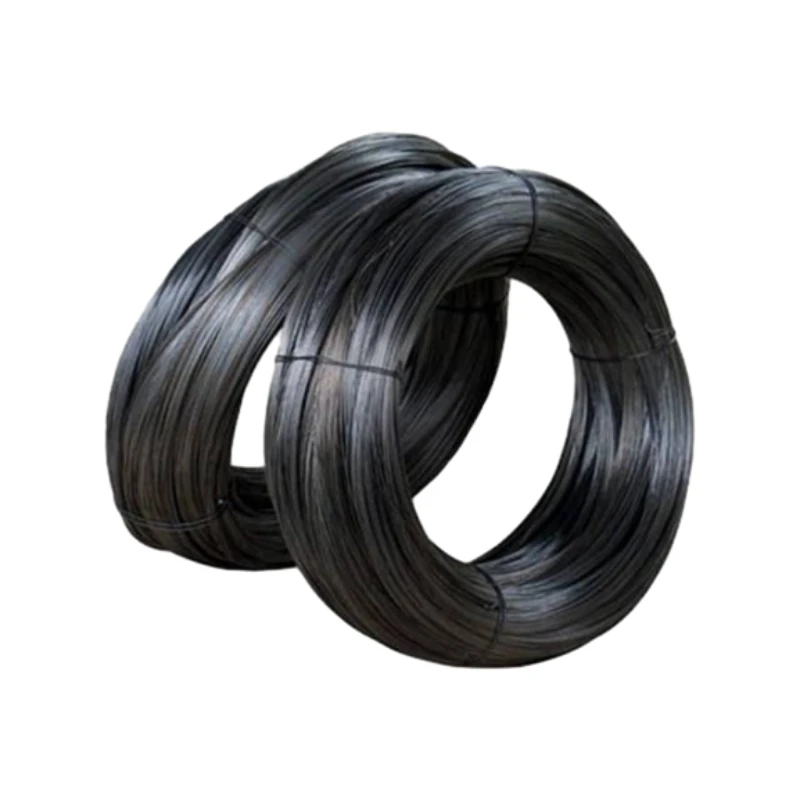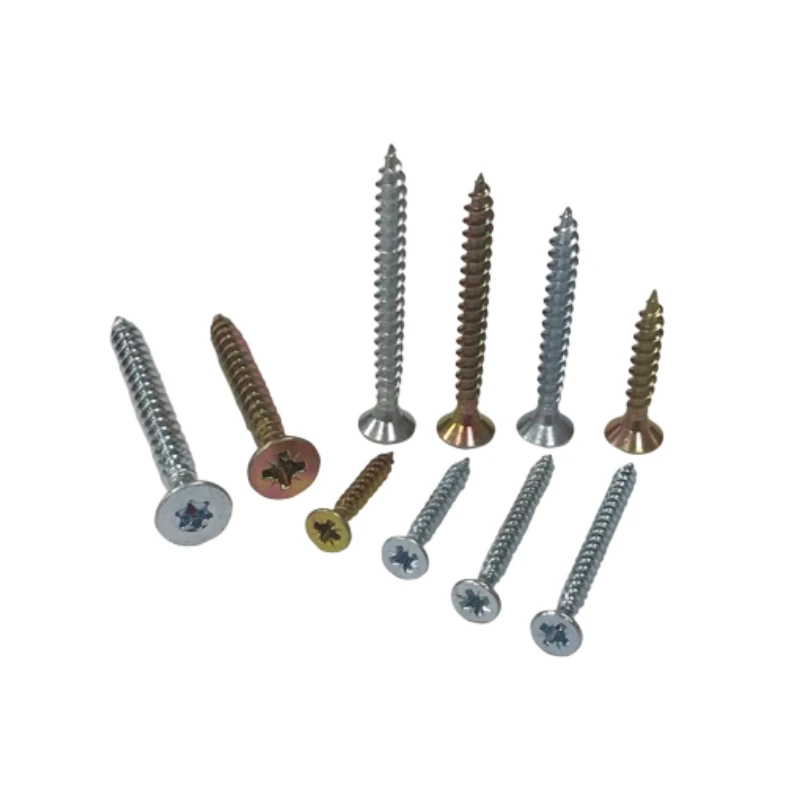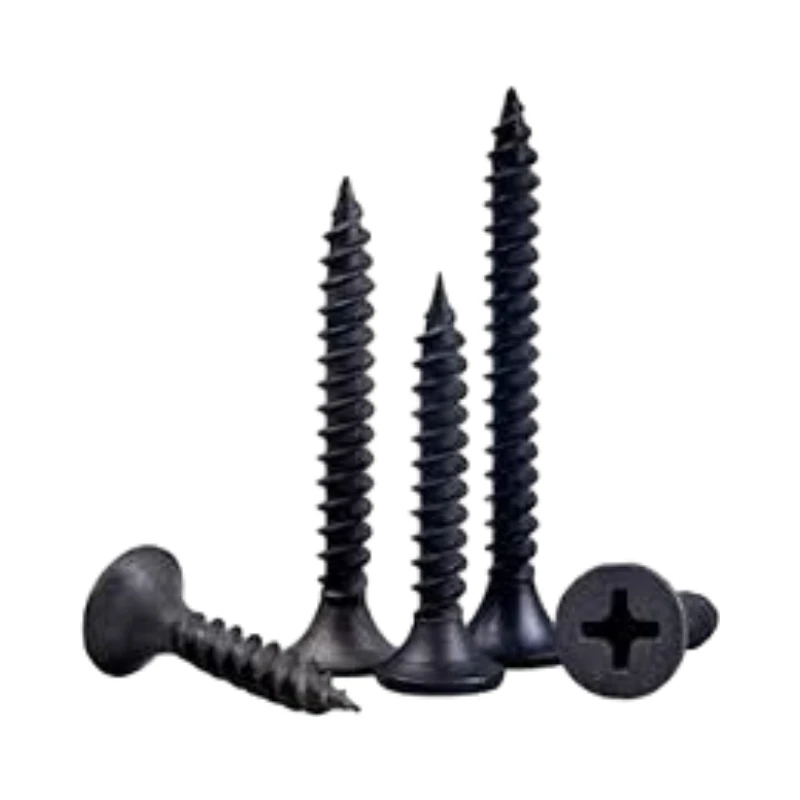
Talk With Us
+86-13601661296
Email Address
admin@sxjbradnail.comEverything You Need to Know About T Head Brad Nails | Global Fastening Solutions
Understanding T Head Brad Nails: Tiny Tools, Big Impact
At first glance, t head brad nails might just seem like one of those little hardware essentials you don’t often think about until you need a quick fix. But flip that perspective a bit—these tiny fasteners have quietly revolutionized areas like furniture manufacturing, construction, and even disaster relief housing worldwide. The global market for fastening tech, according to recent ISO data, is expected to grow steadily, emphasizing how such small innovations keep entire industries moving.
Why does this matter globally? Because nails, especially specialized ones like t head brad nails, form the backbone of fast, sturdy assembly. They’re vital for projects ranging from mass-produced cabinetry in Germany to temporary shelters in remote parts of Southeast Asia. In an age of global logistics and rapid prototyping, understanding the nuances of these nails extends well beyond carpentry — it touches economics, sustainability, and even humanitarian aid.
The Global Context: Why T Head Brad Nails Still Matter
Nail manufacturing might sound traditional, even archaic, yet the demand remains robust. The World Bank’s infrastructure investment reports highlight that over 70% of new construction in developing countries uses timber or composite materials requiring effective fastening systems. T head brad nails fit perfectly here due to their unique shape and holding power.
Look at the challenges these nails help address: improving assembly speed while maintaining structural integrity, reducing material waste, and supporting modular or prefabricated build methods. ISO standards (ISO 8020 for nails and staples) guide manufacturers globally, ensuring quality and interoperability — all thanks to innovations like the T-shaped head.
What Exactly Are T Head Brad Nails?
Simply put, t head brad nails are slender, small-gauge nails with a distinctive T-shaped head that prevents them from being driven completely flush with the wood surface. This unique head design offers superior grip by stopping the nail from slipping through softer, thinner materials – a critical feature compared to flat-head brads.
Their thin shanks minimize the chance of wood splitting, making them ideal for delicate trim, molding, and lightweight assemblies. Oddly enough, they’re kind of the unsung heroes in construction environments requiring precision without sacrificing strength.
Beyond woodworking, these nails find a role in quick-assembly housing units and industrial packaging—places where speed and reliability are paramount. The humanitarian sector increasingly uses them to build semi-permanent shelters that require fast but reliable fastening methods.
Core Features of T Head Brad Nails
1. Durability & Holding Power
The T-shaped head guarantees a strong hold, preventing nail pull-through in lightweight materials like softwood or plywood. Many carpenters swear by this feature during precision projects like cabinetry or flooring.
2. Cost-Effectiveness
These nails are relatively inexpensive and reduce material wastage due to fewer split boards. Their efficiency speeds up work timelines, which translates to labor cost savings.
3. Compatibility with Nailers
T head brad nails are designed to fit pneumatic nailers, increasing deployment speed tremendously. This compatibility is especially valuable in industrial or on-site rapid construction settings.
4. Versatility
From delicate furniture edging to temporary housing construction in disaster zones, their applications cover a surprisingly wide spectrum.
5. Sustainability
Choosing the right fastening system can contribute to sustainability. T head brad nails help extend material life by reducing damage during installation, minimizing waste.
Global Applications & Use Cases
- Furniture Manufacturing: In Italy and the US, t head brad nails are favored for assembling trim and paneling quickly without compromising aesthetics.
- Disaster Relief & Emergency Shelters: NGOs use lightweight materials fastened by these nails for shelters that can be deployed rapidly in emergency zones—think typhoons in the Philippines or wildfires in Australia.
- DIY and Small Workshop Use: Home woodworking enthusiasts globally rely on these nails for precision projects, combining professional-grade quality with accessibility.
- Industrial Packaging: Some countries in Asia use t head brad nails for fastening crates and shipments, where fast assembly and disassembly are a must.
Advantages & Long-Term Value
Why keep investing in t head brad nails over other fastening options? Well, it comes down to several tangible benefits:
- Speed: Their compatibility with nail guns speeds production and reduces worker fatigue.
- Safety: Reduced wood splitting means stronger assemblies and less risk of structural failure.
- Sustainability: Minimizing waste and extending product life aligns well with sustainable manufacturing trends.
- Social Impact: In humanitarian contexts, reliable nails enable sturdier shelters, giving displaced people better comfort and dignity.
- Trust & Innovation: Prominent manufacturers continually improve nail coatings and materials for corrosion resistance—a small detail, but huge in real-world longevity.
There’s a quiet emotional angle here, too. Workers who can rely on good tools feel more respected and empowered — and that, frankly, is priceless.
Product Specification Table
| Specification | Typical Range | Notes |
|---|---|---|
| Length | 1" to 2" | Depends on application depth |
| Shank Diameter | 0.047" to 0.065" | Thinner minimizes wood splitting |
| Material | Steel, Stainless Steel | Options for corrosion resistance |
| Head Type | T Head | Prevents pull-through |
| Finish | Bright, Galvanized, or Coated | Depends on exposure conditions |
Vendor Comparison: Picking the Right Supplier
| Vendor | Range of Sizes | Material Quality | Sustainability Initiatives | Typical Lead Time |
|---|---|---|---|---|
| SXJ Staples | 1"–2" Lengths | High-grade Steel with coatings | Uses recycled metals, low emissions in production | 2 weeks |
| Global Fasten | 0.75"–2.5" | Standard Carbon Steel | Minimal so far | 3–4 weeks |
| EcoNail Industrial | 1"–1.75" | Stainless Steel & Eco-Coatings | Full lifecycle carbon offsets | 3 weeks |
Emerging Trends & Innovations
Frankly, it’s not just about nails anymore. Manufacturers integrate nano-coatings to resist rust even deeper. Automation in nailing tools is increasing, allowing precise angle shots for better joinery, which is huge in modular home building where every second saved counts.
Green materials showcase a growing role, too. Some manufacturers experiment with biodegradable coatings or steel recycling programs to reduce environmental impact.
The future looks bright; you could almost call it a golden age of fastening technology. Even digital tracking of batch quality is being tested to ensure traceability for critical industrial uses.
Challenges & Solutions in Using T Head Brad Nails
That said, no product is perfect. Sometimes these nails can pop out under extreme vibration, or they aren’t suitable for heavy structural loadings. Corrosion remains a threat in salty or humid environments despite coatings. Plus, buyers occasionally face varying quality among suppliers.
Innovative solutions include:
- Advanced alloy blends for corrosion resistance
- Automated quality checks with AI visual systems
- Developing hybrid fasteners combining nails and adhesives
These insights come straight from manufacturing engineers I chatted with—proof that even small nails get big minds behind them.
FAQ: Your Top Questions About T Head Brad Nails
- Q: What makes t head brad nails preferable over regular brad nails?
- A: The unique T-shaped head prevents the nail from sinking too far into softer materials, providing a stronger hold and reducing splitting. This is especially useful for fine woodworking or light construction.
- Q: Can t head brad nails be used with standard pneumatic nailers?
- A: Yes, many t head brad nails are specifically sized to fit commonly available pneumatic nailers, enabling quick and efficient fastening without manual hammering.
- Q: How long do structures fastened with t head brad nails generally last?
- A: With appropriate materials and conditions, assemblies using t head brads last for decades. Corrosion resistance and correct application improve longevity significantly.
- Q: Are these nails suitable for outdoor use?
- A: If coated or made from stainless steel, t head brad nails perform well outdoors. Otherwise, untreated steel may rust and weaken, so always pick the right finish for exposure conditions.
- Q: Where can I buy high-quality t head brad nails in bulk?
- A: Reliable suppliers like t head brad nails manufacturers offer bulk orders with certification and sustainable sourcing options.
Final Thoughts
All in all, t head brad nails may seem like humble hardware, but their impact across industries and continents is impressive. They embody a blend of tradition and modern innovation, making them essential for fast, reliable assembly in furniture, construction, and emergency housing alike. For anyone involved in manufacturing, carpentry, or relief logistics, they’re worth a closer look. Curious? Visit https://www.sxj-staple.com today for more details and to explore your options.
Takeaway: Small tools, big differences. Sometimes you just need the right nail to hold everything together — literally and figuratively.
References:
-
Affordable Quality: Understanding Cheap Brad Nails and Their Global ImpactNewsNov.24,2025
-
Type F Brad Nails: Precision Fasteners for Quality Craftsmanship & IndustryNewsNov.23,2025
-
High-Quality Type 47 Brad Nails for Precision & Durability | SXJ IndustrialNewsNov.23,2025
-
T47 Nail: The Ultimate Guide to Industrial and Construction ApplicationsNewsNov.22,2025
-
T Brad Nails – Precision Fasteners for Fine Woodwork & Industry ApplicationsNewsNov.22,2025









